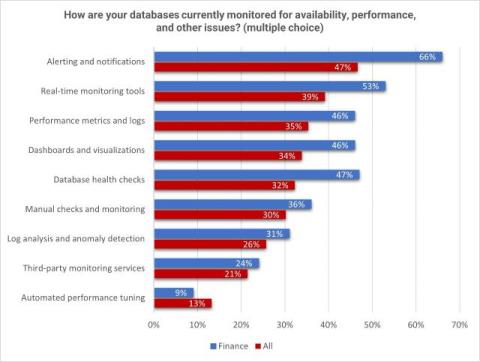What are networks? Part 2: Network devices and why we need to monitor them
In an era dominated by GenAI technologies, the critical role of robust network infrastructure—the backbone of AI's expansive capabilities—often remains in the shadows. At the heart of this infrastructure lies an intricate array of network devices, including routers, switches, modems, firewalls, wireless access points, etc. These devices, each serving a distinct yet interconnected role, collectively ensure the seamless transmission of data across the network.











